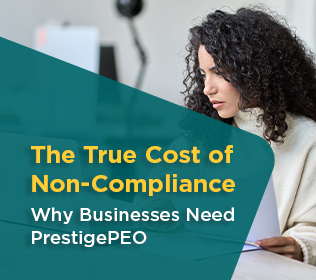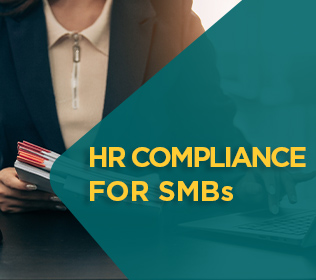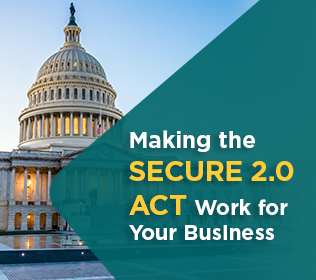The pandemic changed people’s working lives profoundly, with the sudden shifts to performing work from home amid intensified child care needs and the challenges of caring for sick loved ones.
The prolonged experience created new anxiety and stress that employers need to consider as they return workers back to the office. MetLife’s 2021 U.S. Employee Benefit Trends Study, conducted mid-pandemic in December and January of employees working remotely as well as on-site, found that 37% reported feeling stressed while working more than half the time; 34% reported feeling burned out and 22% reported feeling depressed.
“Given the perfect storm of mental, emotional, physical, and financial stressors employees faced over the last year — and when you consider those pain points in the context of longer work hours and heightened screen time — it’s really no surprise that our collective mental health has taken a hit,” says Jessica Moser, senior vice president, Group Benefits at MetLife.
Even before the pandemic, the U.S. workforce was seeing record cases of employee burnout as the lines between their work and personal lives blurred, she says.
The pandemic, and the social isolation that came with it — “topped by calls for social justice reform, a fickle economy and a charged election year” — only heightened that stress, Moser says.
Thankfully, many employers recognize this and 54% of employees report their employer has become more accommodating to their mental health needs since the pandemic started, according to a poll of by the American Psychiatric Association (APA).
“When the pandemic hit there was so much coming out about the stress and strain people were under,” says Darcy Gruttadaro, director of the APA Foundation’s Center for Workplace Mental Health in Washington.
And openness about mental health in general has become more visible in popular culture with athletes and celebrities and “that hits Main Street,” she says.
“Employers really need to recognize now is the time to focus on mental health and employee well-being because if they don’t, they’re potentially at risk of losing their top performers,” Gruttadaro says.
Distribution of PPE and social distancing upon entry at the Farmingdale location of Piping Rock Health Products. Credit: Piping Rock Health Products
Some ways to support employees, she says, include:
- Let employees know it’s OK to feel unsettled and reinforce resources you have to help them;
- Make mental health awareness visible through, for example, an intranet site that describes warning signs of depression and lists helpful resources; and
- Support your managers, many of whom which have “compassion fatigue” from being on the front line with employees, and remind them OF the importance self-care.
Positive mental health has a direct correlation with having happy productive employees, Gruttadaro says.
‘Clarity breaks’
National Business Capital, a Bohemia-based firm that provides small business loans and services and has brought employees back to the office, understands this. Each morning as a group, employees do stretches and breathing exercises for about five minutes. A meditation and yoga specialist visits quarterly to teach employees. There are “clarity breaks” throughout the day when an employee can clear their mind, says Joseph Camberato, CEO of the firm.
Since the pandemic, employees are allowed one no-questions-asked morning monthly to show up late to handle personal needs, he says.
“As a company we have always put a focus into the health and well-being of our team, both physically and mentally,” Camberato says.
The firm also offers an Employee Assistance Program. EAPs offer a host of services, including mental health counseling that employees can access 24/7, says Erin McKown, director of corporate development and training services at National EAP in Hauppauge.
“People call us for mental health, substance abuse, workplace-related stress and legal and financial assistance,” she says, noting it’s all confidential.
She says National EAP has seen an “18% increase in employees seeking clinical EAP services, such as EAP Counseling and in-the-moment support.” They’ve also seen more companies looking to offer an EAP to employees.
Feeling safe
One such client, Piping Rock Health Products, a Bohemia-based manufacturer, packager and distributor of vitamins and supplements, says it signed up with National EAP last June.
It was a benefit the firm had wanted to offer pre-pandemic, “but the pandemic really highlighted it for us,” says Human Resources Director Jennie Reilly. Employees utilize and “are appreciative of it,” Reilly says.
Beyond counseling, Piping Rock has tried to focus on making employees feel safe through frequent sanitizing of its premises, temperature checks and making sure employees wear masks to enter.
Employers can also help ease anxiety by offering flexibility, says Melissa Yannalfo, a client success specialist at PrestigePEO, a Melville-based professional employer organization. She’s seen employers adjusting and expanding time-off benefits.
With the pandemic, employees took fewer days off, she says, noting some employers are allowing employees to carry over unused days from last year.
Among other efforts she’s seen are more employers offering expanded health and wellness programs, which include offering such things as healthy-cooking classes.
“It’s investing back in the employee,” Yannalfo says.
Fast Fact:
Fifty-five percent of employers think stress has increased at their organization as a result of the pandemic, according to MetLife.
By Jamie Herzlich




